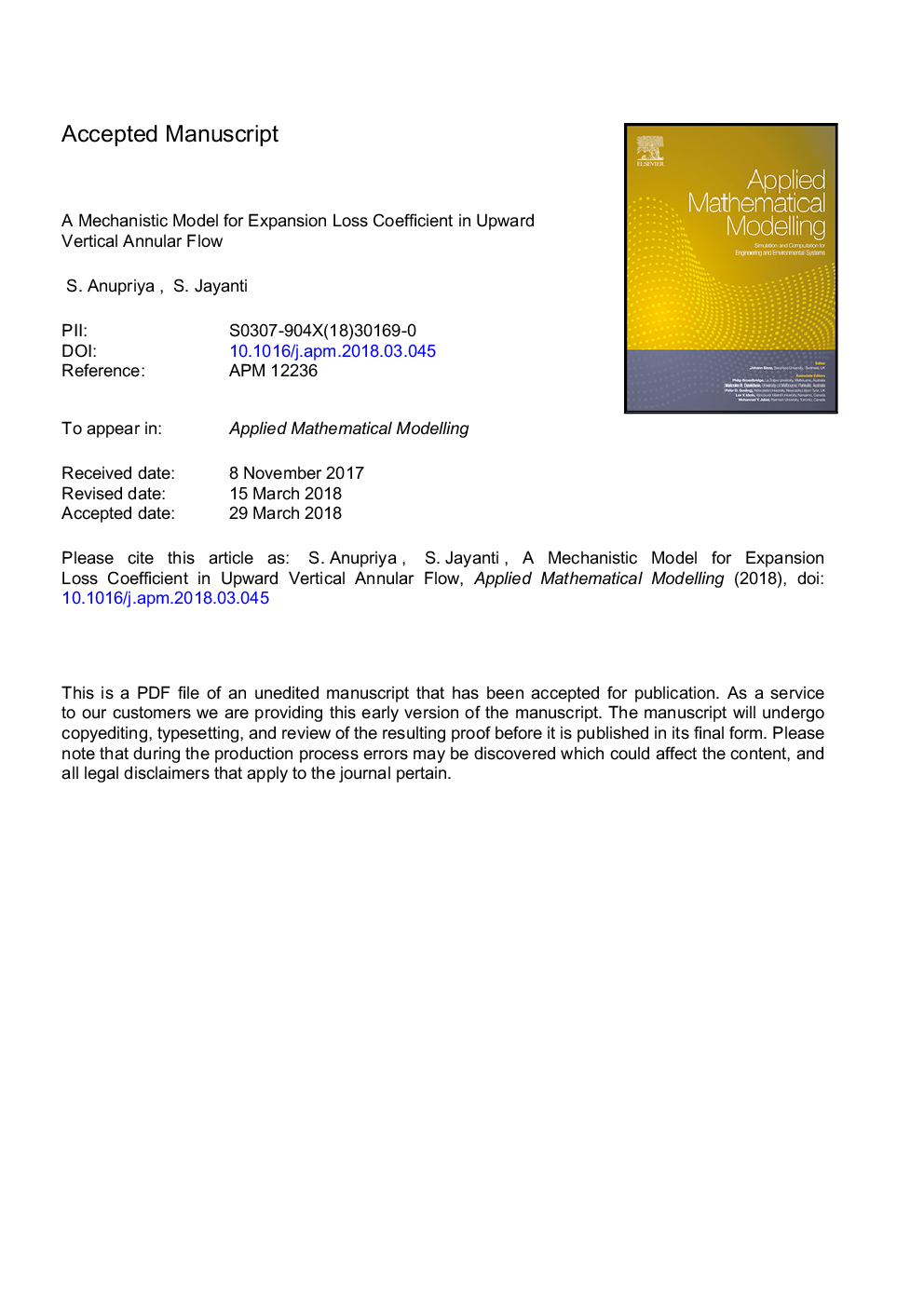| Article ID | Journal | Published Year | Pages | File Type |
|---|---|---|---|---|
| 8051499 | Applied Mathematical Modelling | 2018 | 34 Pages |
Abstract
Gas-liquid annular flow draws different responses from its three constituents, namely, the liquid film, the entrained liquid droplets and the gas core, as they flow through a diverging section in a pipe. The resulting change in the pressure profile is a combination of several effects associated with the dynamic interactions among these three fields. Accurate simulation of the response using Eulerian-Eulerian computational fluid dynamics is not feasible because the processes are inherently complex and a framework of relevant and validated constitutive relations describing the physical processes is not yet available. In the present work, a simpler approach is adopted by studying the interactions individually in idealized settings, and bringing together the separate effects into a phenomenological model for pressure loss in upward vertical annular flow. The overall pressure change is expressed as a sum of three contributors: change in area of cross-section available for gas flow, change in the effective interfacial roughness leading to peaking of the velocity profile, and droplet-gas momentum exchange in the immediate downstream of the expansion. Using air-water experimental data from two expansion ratios and three half-angles of the diverging sections, a mechanistic correlation is proposed to evaluate the overall pressure loss coefficient.
Keywords
Related Topics
Physical Sciences and Engineering
Engineering
Computational Mechanics
Authors
S. Anupriya, S. Jayanti,
